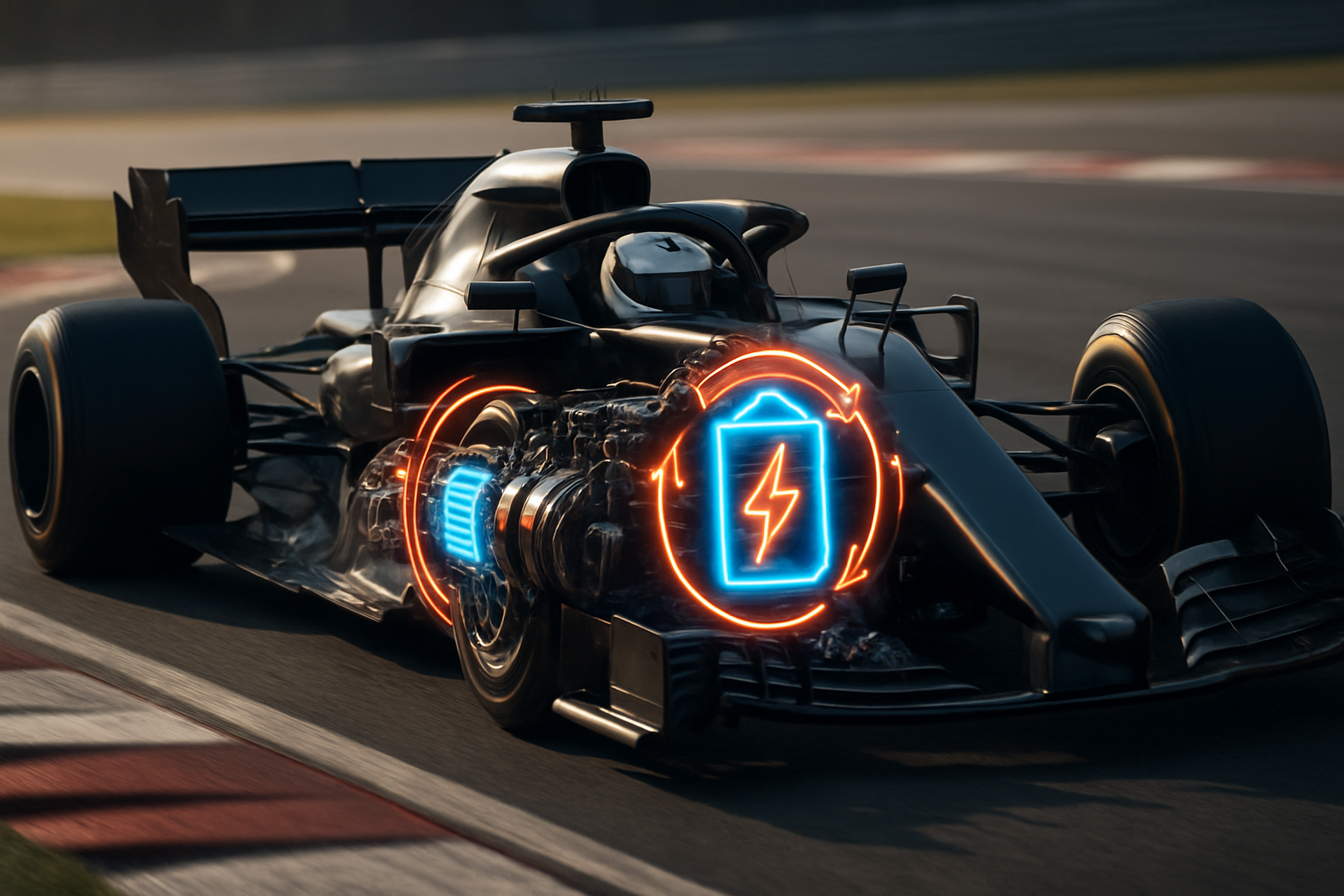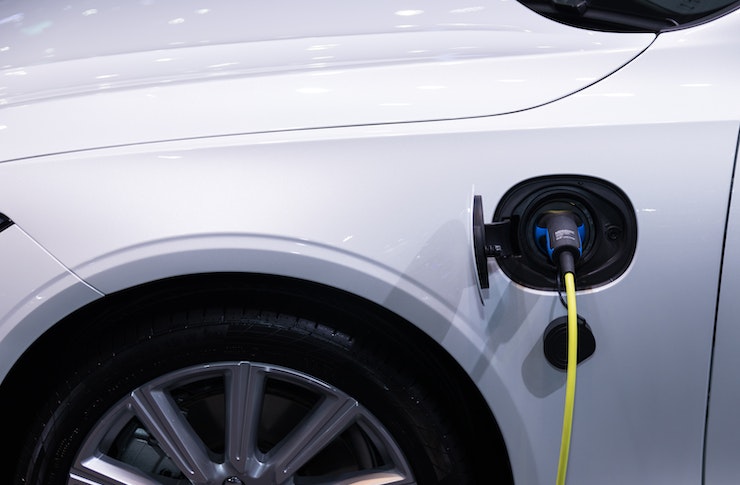Current Trends in Automotive LED Technology and Innovation
Automotive LED technology has transformed vehicle lighting over the past decade, offering improved visibility, energy efficiency, and design flexibility. From adaptive headlights to ambient interior lighting, LEDs have become the standard in modern vehicles. As manufacturers continue to innovate, new trends are emerging that promise to reshape how we think about automotive illumination, safety features, and even vehicle-to-vehicle communication.

The automotive lighting industry has experienced remarkable evolution with LED technology at its core. Light-emitting diodes now dominate headlights, taillights, and interior lighting systems across vehicle segments. Understanding current developments in this field helps consumers, manufacturers, and industry professionals stay informed about technological advances that improve safety, efficiency, and aesthetics.
How Are Adaptive LED Headlight Systems Evolving
Adaptive LED headlight systems represent one of the most significant advances in automotive lighting. These intelligent systems adjust beam patterns based on driving conditions, vehicle speed, and steering angle. Modern adaptive headlights use matrix LED technology, which divides the light beam into multiple zones that can be individually controlled. This allows the system to maintain high beam illumination while selectively dimming specific zones to avoid blinding oncoming traffic. Manufacturers are now incorporating camera systems and sensors that detect other vehicles, pedestrians, and road signs to optimize lighting patterns in real-time. Some premium systems can project navigation symbols or warning messages directly onto the road surface, creating an augmented reality experience for drivers. The technology continues to advance with higher resolution matrix arrays, enabling more precise light distribution and enhanced safety features.
What Role Does Energy Efficiency Play in LED Adoption
Energy efficiency remains a primary driver for LED adoption in automotive applications. LED lighting systems consume significantly less power than traditional halogen or HID alternatives, typically using 75 percent less energy while producing comparable or superior illumination. This efficiency translates to reduced load on vehicle electrical systems and improved fuel economy in conventional vehicles. For electric vehicles, the energy savings become even more critical, as reduced lighting consumption directly extends driving range. Manufacturers are developing next-generation LED chips with improved luminous efficacy, measured in lumens per watt, allowing brighter illumination with even lower power consumption. Thermal management technologies have also advanced, with better heat dissipation systems extending LED lifespan and maintaining consistent performance. The combination of lower energy consumption and longer operational life reduces maintenance costs and environmental impact throughout the vehicle lifecycle.
How Is LED Technology Enhancing Interior Automotive Lighting
Interior LED lighting has evolved beyond basic illumination to become a key element of vehicle ambiance and user experience. Modern vehicles feature customizable ambient lighting systems with millions of color combinations, allowing drivers to personalize their cabin environment. These systems use RGB LED strips strategically placed throughout the interior, including door panels, dashboard areas, footwells, and ceiling trim. Advanced implementations synchronize lighting with music, driving modes, or safety alerts, creating an immersive experience. Manufacturers are incorporating human-centric lighting principles, adjusting color temperature and intensity based on time of day to reduce driver fatigue and improve alertness. Some systems feature dynamic lighting sequences during vehicle entry and exit, enhancing the premium feel of the vehicle. Task lighting has also improved, with focused LED reading lights and puddle lamps providing better visibility without disturbing other occupants. The integration of LED technology in displays and instrument clusters delivers sharper graphics with lower power consumption compared to traditional backlighting methods.
What Are the Latest Developments in LED Communication Systems
Automotive LED systems are increasingly being developed for vehicle-to-vehicle and vehicle-to-infrastructure communication. Visible light communication technology uses rapid LED modulation imperceptible to human eyes to transmit data between vehicles. This emerging technology can share information about traffic conditions, hazards, or vehicle intentions without requiring additional hardware beyond existing LED lighting systems. Researchers are developing standards for LED-based communication protocols that could complement or enhance existing wireless communication systems. Smart taillights can signal braking intensity or emergency situations more effectively than traditional brake lights, providing following drivers with earlier warning of potential hazards. Some manufacturers are experimenting with LED arrays that display messages or symbols to pedestrians and other road users, improving communication in complex traffic situations. The integration of LED communication systems with autonomous vehicle technology promises to create more robust safety networks as vehicles share real-time information through their lighting systems.
How Are Manufacturing Processes Improving LED Quality and Affordability
Manufacturing advances have made automotive LED technology more accessible across vehicle price segments. Automated production processes and economies of scale have reduced LED component costs significantly over the past five years. Improved semiconductor manufacturing techniques produce more consistent LED chips with tighter tolerance specifications, ensuring uniform color temperature and brightness across production runs. Quality control systems using machine vision and spectroscopy verify LED performance parameters during assembly, reducing defect rates and warranty claims. Manufacturers are developing standardized LED modules that can be adapted across multiple vehicle platforms, further reducing costs through shared components. New packaging technologies protect LED components from moisture, vibration, and temperature extremes common in automotive environments. The supply chain for automotive LEDs has matured, with multiple suppliers offering compatible components that meet industry standards for reliability and performance. These improvements have enabled even entry-level vehicles to feature LED lighting systems that were previously exclusive to luxury segments.
What Future Innovations Are Emerging in Automotive LED Technology
The future of automotive LED technology includes several promising innovations currently in development. MicroLED technology offers even smaller light sources with improved efficiency and brightness, enabling more compact lighting assemblies with greater design flexibility. Researchers are working on organic LED systems that could be integrated into curved surfaces or transparent panels, opening new possibilities for vehicle styling. Laser-activated phosphor systems combine laser diodes with phosphor materials to create extremely bright, focused light beams for long-range illumination. Smart lighting systems with artificial intelligence capabilities will learn driver preferences and automatically adjust lighting based on individual habits and environmental conditions. Integration with augmented reality head-up displays will allow LED systems to work in concert with projected information, enhancing driver awareness. Biodegradable and sustainable materials are being developed for LED housings and components, addressing environmental concerns throughout the product lifecycle. As autonomous vehicles become more prevalent, exterior LED systems will evolve to communicate vehicle intentions and status to pedestrians and other road users through dynamic light patterns and displays.
Conclusion
Automotive LED technology continues to advance rapidly, driven by demands for improved safety, efficiency, and user experience. From adaptive headlight systems that enhance nighttime visibility to interior ambient lighting that personalizes the driving environment, LEDs have become integral to modern vehicle design. Emerging technologies like vehicle-to-vehicle communication through LED systems and microLED innovations promise to further transform automotive lighting. As manufacturing processes improve and costs decrease, these advanced lighting technologies are becoming accessible across all vehicle segments, benefiting drivers worldwide with safer, more efficient, and more enjoyable transportation experiences.




